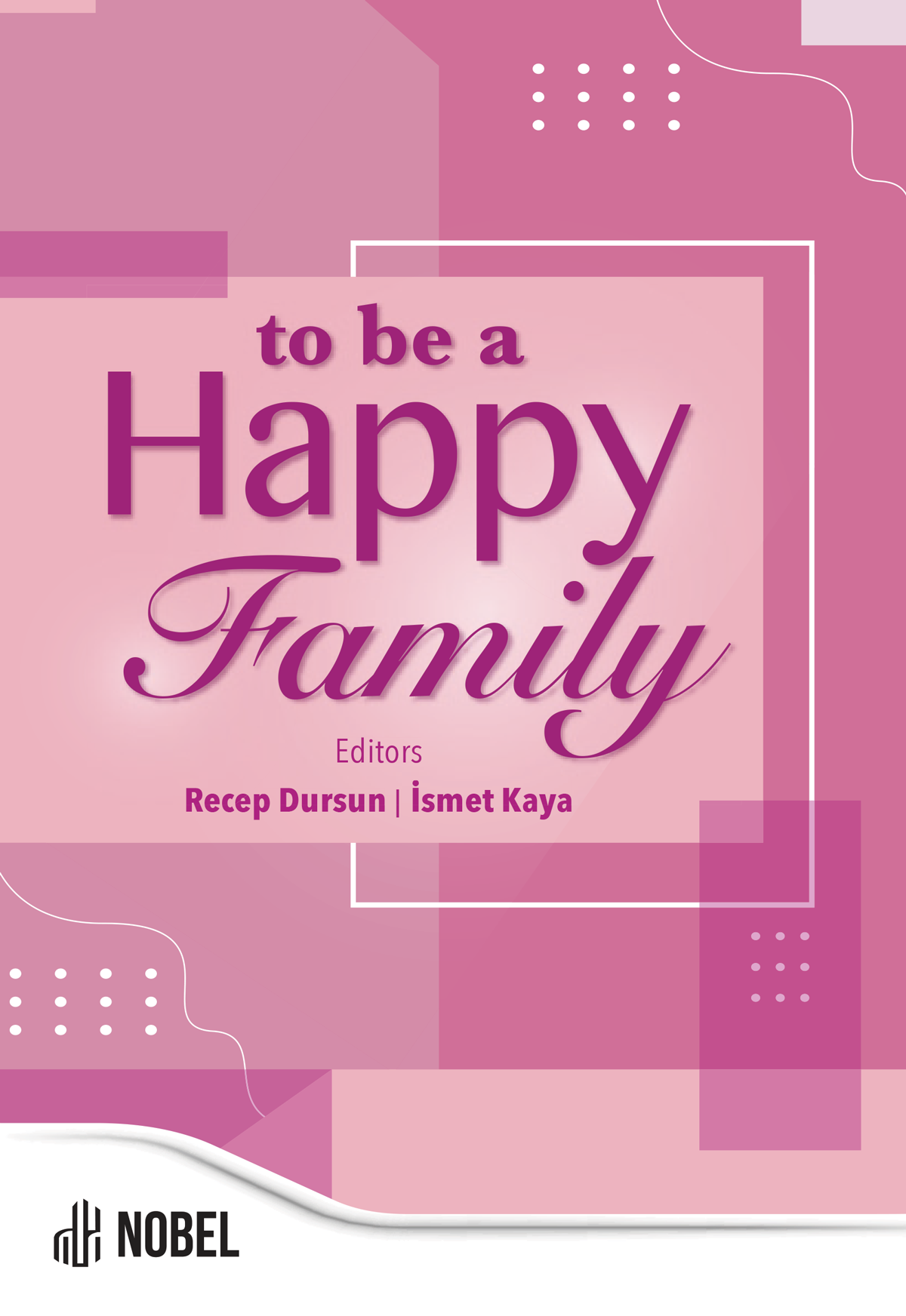Current Exercise Approaches in Temporomandibular Disorders
Ramazan Yildiz (Author), Omer Dursun (Author)
Release Date: 2024-01-18
Temporomandibular disorders are clinical conditions characterized by symptoms such as restricted range of motion, deviation during mouth opening, and pain, which develop due to the involvement of the contractile or non-contractile components of the joint. Physiotherapy and rehabilitation, as in many other disorders, constitute the primary treatment step for temporomandibular disorders. Exercise is at the [...]
Media Type
Buy from
Price may vary by retailers
| Work Type | Book Chapter |
|---|---|
| Published in | Current Exercise Approaches in Orthopedic Disorders A Handbook for Rehabilitation Professionals |
| First Page | 1 |
| Last Page | 30 |
| DOI | https://doi.org/10.69860/nobel.9786053358770.1 |
| Language | ENG |
| Page Count | 30 |
| Copyright Holder | Nobel Tıp Kitabevleri |
| License | https://nobelpub.com/publish-with-us/copyright-and-licensing |
Ramazan Yildiz (Author)
Asst. Prof. Dr, Erzurum Technical University
https://orcid.org/0000-0002-8007-7854
3He completed her bachelor degree at Kırıkkale University. He completed her Master of Science (2017) and PhD (2022) in the Department of Physical Therapy and Rehabilitation at the Gazi University. Her field of master’s education is " Children with Minor Neurological Dysfunction". He worked in Gazi University as a research assistant between 2016 and 2022. Now, he is working at Erzurum Technical University as an Assistant Professor. He has focused on early intervention and early diagnosis of infants at risk. He has specialized in early intervention in academic activities such as book chapters, academic publications, and congress presentations. Additionally, his other area of interest is adolescent idiopathic scoliosis and he is an ISST Schroth therapist. He has 10 years of experience in the clinic and he teaches pediatrics at the undergraduate levels. His primary research focus is on "children with cerebral palsy", “early intervention”, “premature infants” and ‘’adolescent idiopathic scoliosis’’
Omer Dursun (Author)
Asst. Prof. Dr, Bitlis Eren University
https://orcid.org/0000-0002-0522-4228
3Graduated as a physiotherapist from the Physiotherapy Bachelor’s program in 2015. Obtained a master’s degree in the Department of Physical Therapy and Rehabilitation in 2018, and a doctoral degree in 2022. Currently working in the field of neuromusculoskeletal rehabilitation.
10.1111/j.1365-2842.1986.tb01551.x
Dworkin, S. F., & LeResche, L. (1992). Research diagnostic criteria for temporomandibular disorders: Review, criteria, examinations and specifications, critique. Journal of Craniomandibular Disorders: Facial & Oral Pain, 6(4), 301–355.
Gauer, R. L., & Semidey, M. J. (2015). Diagnosis and treatment of temporomandibular disorders. American Family Physician, 91(6), 378–386.
Michelotti, A., Steenks, M. H., Farella, M., Parisini, F., Cimino, R., & Martina, R. (2004). The additional value of a home physical therapy regimen versus patient education only for the treatment of myofascial pain of the jaw muscles: Short-term results of a randomized clinical trial. Journal of Orofacial Pain, 18(2), 114–125.
Mulet, M., Decker, K. L., Look, J. O., Lenton, P. A., & Schiffman, E. L. (2007). A randomized clinical trial assessing the efficacy of adding 6 x 6 exercises to self-care for the treatment of masticatory myofascial pain. Journal of Orofacial Pain, 21(4), 318–328.
Neumann, D. A. (2016). Kinesiology of the Musculoskeletal System - E-Book: Kinesiology of the Musculoskeletal System - E-Book. Elsevier Health Sciences.
Nozaki, S., Kawai, M., Shimoyama, R., Futamura, N., Matsumura, T., Adachi, K., & Kikuchi, Y. (2010). Range of motion exercise of temporo-mandibular joint with hot pack increases occlusal force in patients with Duchenne muscular dystrophy. Acta Myologica: Myopathies and Cardiomyopathies: Official Journal of the Mediterranean Society of Myology, 29(3), 392–397.
Trager, R. J., Vincent, D. A., Tao, C., & Dusek, J. A. (2022). Conservative management of pediatric temporomandibular disc displacement presenting as juvenile idiopathic arthritis: A case report. ffe Journal of the Canadian Chiropractic Association, 66(1), 92.
| onix_3.0::thoth | Thoth ONIX 3.0 |
|---|---|
| onix_3.0::project_muse | Project MUSE ONIX 3.0 |
| onix_3.0::oapen | OAPEN ONIX 3.0 |
| onix_3.0::jstor | JSTOR ONIX 3.0 |
| onix_3.0::google_books | Google Books ONIX 3.0 |
| onix_3.0::overdrive | OverDrive ONIX 3.0 |
| onix_2.1::ebsco_host | EBSCO Host ONIX 2.1 |
| csv::thoth | Thoth CSV |
| json::thoth | Thoth JSON |
| kbart::oclc | OCLC KBART |
| bibtex::thoth | Thoth BibTeX |
| doideposit::crossref | CrossRef DOI deposit |
| onix_2.1::proquest_ebrary | ProQuest Ebrary ONIX 2.1 |
| marc21record::thoth | Thoth MARC 21 Record |
| marc21markup::thoth | Thoth MARC 21 Markup |
| marc21xml::thoth | Thoth MARC 21 XML |

